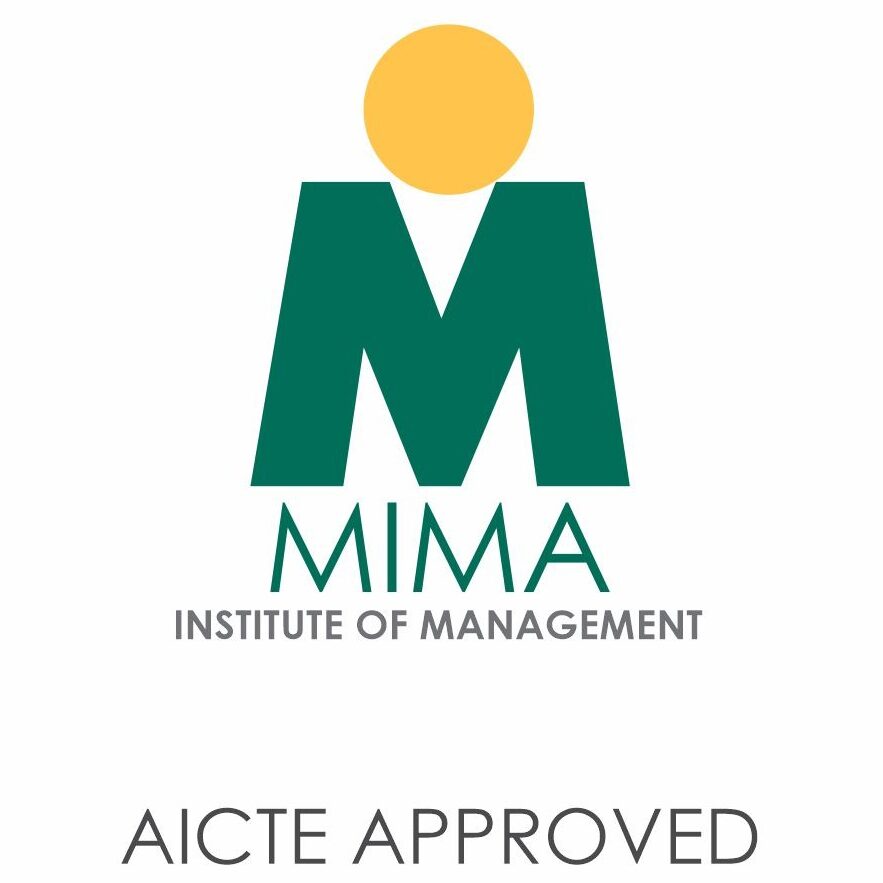In the dynamic seas of collaboration, conflicts are inevitable. However, it’s not the presence of conflict that determines success, but rather how it’s managed and resolved. Effective conflict resolution is the compass that guides teams through rough waters, fostering understanding, collaboration, and growth. Let’s explore some strategies for navigating disagreements and achieving peaceful resolutions.
Open Communication: The cornerstone of conflict resolution is open, honest communication. Encourage all parties involved to express their perspectives, concerns, and emotions in a respectful and constructive manner. Active listening is key—seek to understand the underlying issues and interests behind each party’s position before proposing solutions.
Focus on Interests, Not Positions: Shift the focus from positions to interests by exploring the underlying needs, values, and motivations driving each party’s stance. Encourage empathy and understanding by putting yourself in the other party’s shoes and considering their perspective. By identifying common ground and shared interests, you can work together to find mutually beneficial solutions.
Seek Win-Win Solutions: Strive for win-win solutions that address the needs and interests of all parties involved. Look for creative alternatives and compromises that satisfy everyone’s objectives while preserving relationships and fostering collaboration. Avoid adopting a win-lose mindset, as it only perpetuates resentment and escalates conflict.
Maintain Emotional Control: Emotions can run high during conflicts, making it challenging to maintain rationality and objectivity. Encourage all parties to manage their emotions and communicate calmly and respectfully. Take breaks if necessary to cool off and regain composure before continuing the discussion. Emphasize the importance of addressing issues constructively, without resorting to personal attacks or blame.
Use Collaborative Problem-Solving Techniques: Implement collaborative problem-solving techniques, such as brainstorming, mediation, or consensus-building, to facilitate dialogue and generate creative solutions. Encourage collaboration and cooperation by involving all parties in the decision-making process and empowering them to contribute their ideas and perspectives.
Set Clear Boundaries and Ground Rules: Establish clear boundaries and ground rules for constructive conflict resolution, such as respecting each other’s opinions, refraining from interrupting, and maintaining confidentiality. Enforce these rules consistently and impartially to create a safe and respectful environment for dialogue and problem-solving.
Follow Up and Evaluate: After reaching a resolution, follow up with all parties involved to ensure that agreements are upheld and implemented effectively. Monitor progress, address any lingering concerns or issues, and provide support as needed. Take time to evaluate the effectiveness of the conflict resolution process and identify lessons learned for future conflicts.
By embracing these strategies for conflict resolution, teams can transform conflicts into opportunities for growth, learning, and collaboration. By fostering open communication, focusing on interests, seeking win-win solutions, maintaining emotional control, using collaborative problem-solving techniques, setting clear boundaries, and following up and evaluating outcomes, teams can navigate disagreements with grace and integrity, strengthening relationships and achieving shared goals. Let’s chart a course towards peaceful resolutions and smooth sailing ahead.

